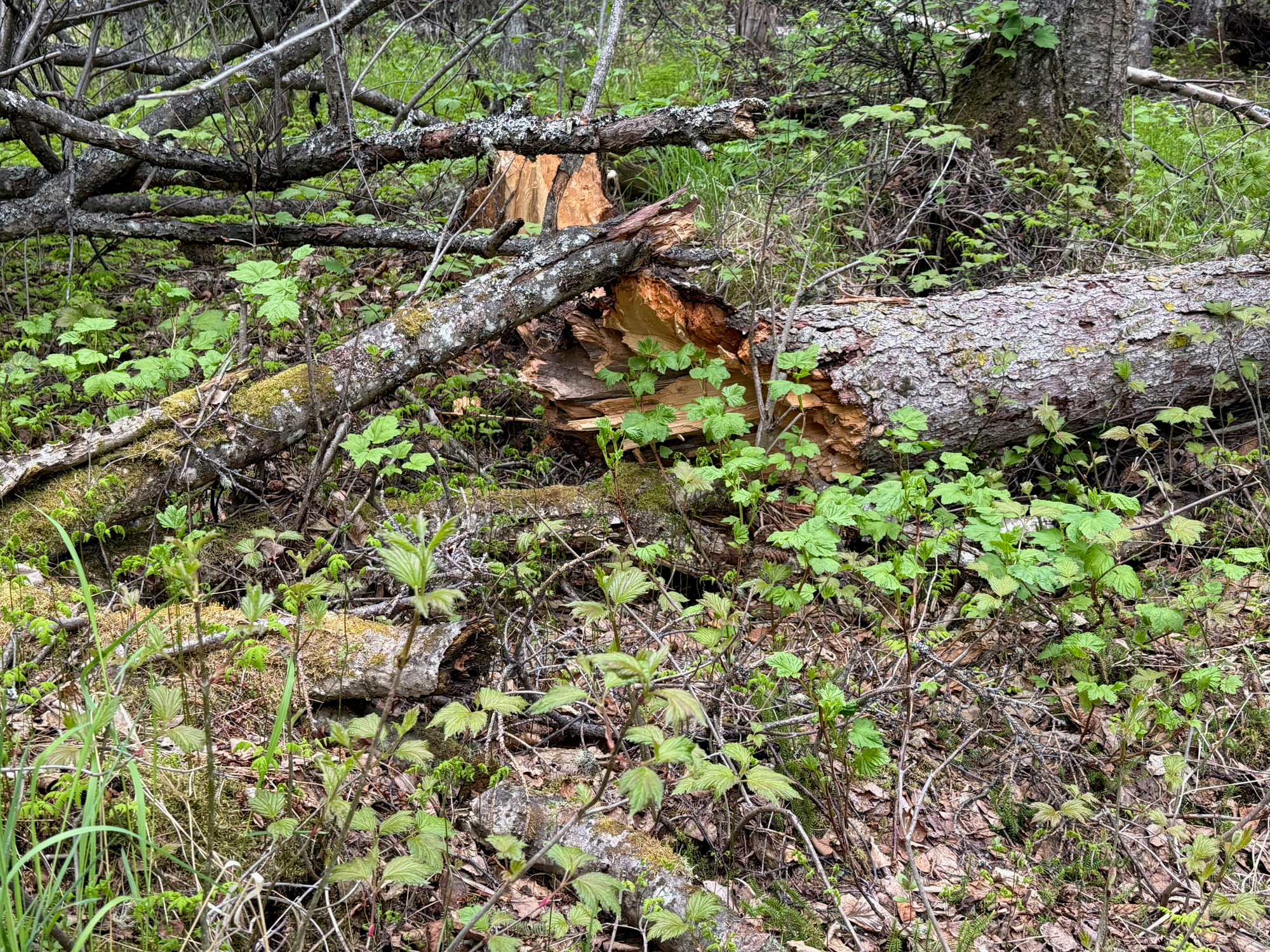Love the Land You're With
We cannot afford to limit vacation-able places to a few shrinking oases of culture and natural beauty.

Each week, I provide a gentle turning practice to help us shift our perspective. You may find it helpful to have a journal at hand, but it’s not required. I hope these practices of body and heart bring you peace and connection in the middle of whatever storm is blowing around you at the moment. Today's newsletter is the first in a series dedicating to loving the land you're with.
It’s July. I don’t know about you, but I am on vacation. I go fishing with my boyfriend’s family every July. In between the fishing frenzies, there are games and campfires and always lots and lots of delicious food. Companionship, food, and rest are all elements of a great vacation, but perhaps one of the most important is location. We can only fish where there are fish to catch. We can only have good companionship if we are all in the same place. We only eat well when we are vacationing somewhere with food abundance. And location matters a great deal for rest. I can’t imagine us enjoying the time nearly as much if we were camping under a freeway interchange or if Elon Musk took over our vacation spot for space shuttle launches.
Maybe it’s because I live in Alaska, a dream vacation destination for people all over the world, but I think a lot about why we feel we need to travel away from home to rest. I’m not opposed to vacation. (If you’ve been reading my newsletter for long, you’ll know that I’ve had a done a fair amount of travel this year.) But the more I have control over my time, the less I feel the urge to get away for rest and relaxation, and the more I want to make my home a restful place for myself and for others who live here.
The resources that draw tourists to Alaska are abundant, but they are not accessible to all. Like I mentioned before, you can’t get to trailheads via public transportation. We live on the less economically advantaged side of town—we are actually a stone’s throw from the mountains–but a limited-access military exercise ground takes up most of what looks like “wilderness” between us and the mountains. The trailheads on our side of town that allow access to trails have inadequate parking. Travel to places like the river where we fish takes more time and money than many people have. And the fish population has diminished drastically in the 25 years since I started coming to Alaska, limiting fishing opportunities. Visitors experience the grandeur of places like Glacier Bay on a cruise, but most Alaska residents never get there because it is only accessible by boat or plane.
I’m one of the lucky ones. I can hike. I can fish. I can travel to other beautiful places. But because of where I live, I can see that access is tenuous at best. I know that must be true of the places I visit, where the features that draw tourists are squeezed into small, fiercely protected focal points. When I lived in Southern California, there were some famous landmarks and cultural and natural gems, but practically everything else was strip malls. We visited New Orleans for 24 hours earlier this year, and it felt like the New Orleans of books and movies was squeezed into areas the size of a postage stamp. The press of homogenous, generic American city pressed in on all sides, threatening to wash what remains of the lively culture of the place away with the next storm.
I love seeing other places and cultures. I love the chance to kick back and relax, to enjoy good company, food, and friends. But with a growing world population, we cannot afford to limit vacation-able places to a few shrinking oases of culture and natural beauty. I look around my home and ask myself questions I encourage you to ask about your own home land:
What would it take to ensure that those of us who live here can enjoy where we live for generations to come?
How can I preserve and even expand the cultural and natural beauty of my home, rather than just packaging it for tourism?
How can I make it more accessible to those who live here?
Instead of escaping my home to refresh my body and soul, what would it take to love–and be loved by–the land I’m with?
I call myself an “everyday mystic” because I’ve found that our dominant, human-centered culture is so pervasive, it can take the perspective of a mystic to pierce it. I looked for meaning around me using a spiritual perspective, and I found deeper connection in a hidden world that is more natural than it is supernatural. The purpose so many of us long for is all around us if we choose to look for it. All it takes is a willingness to step outside of the default American perspective, one moment at a time.
Are you enjoying what you're reading? Please share with your friends! And remember: this is a reader supported publication. All content is free, but a paid subscription helps keep the lights on. Consider supporting content you love!
(Please note that I am not a non-profit organization. These gifts are not tax-deductible.)
